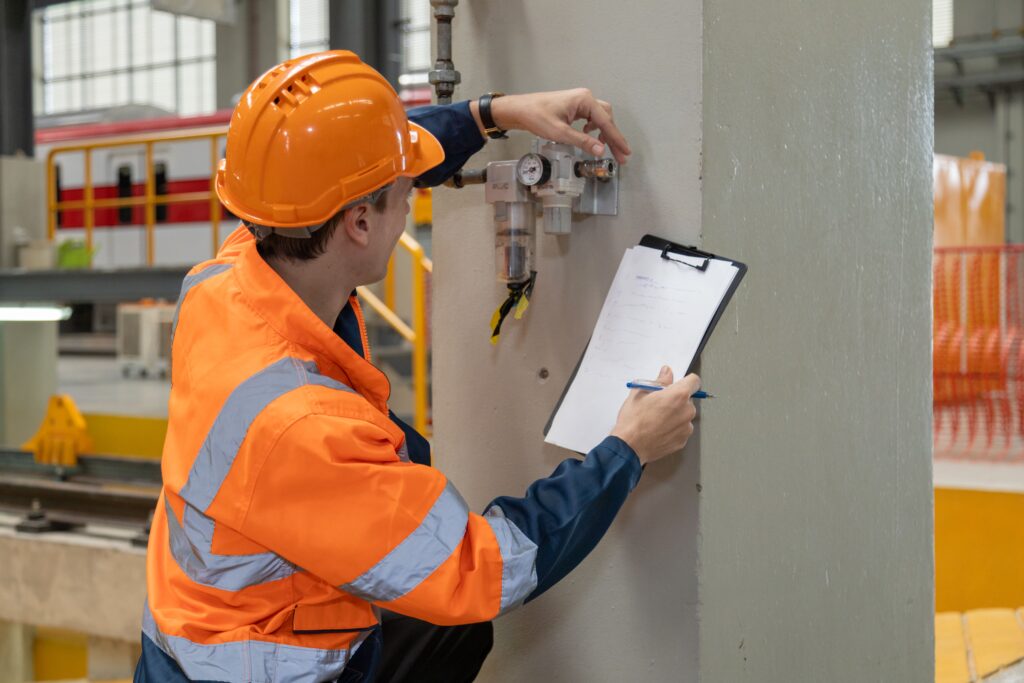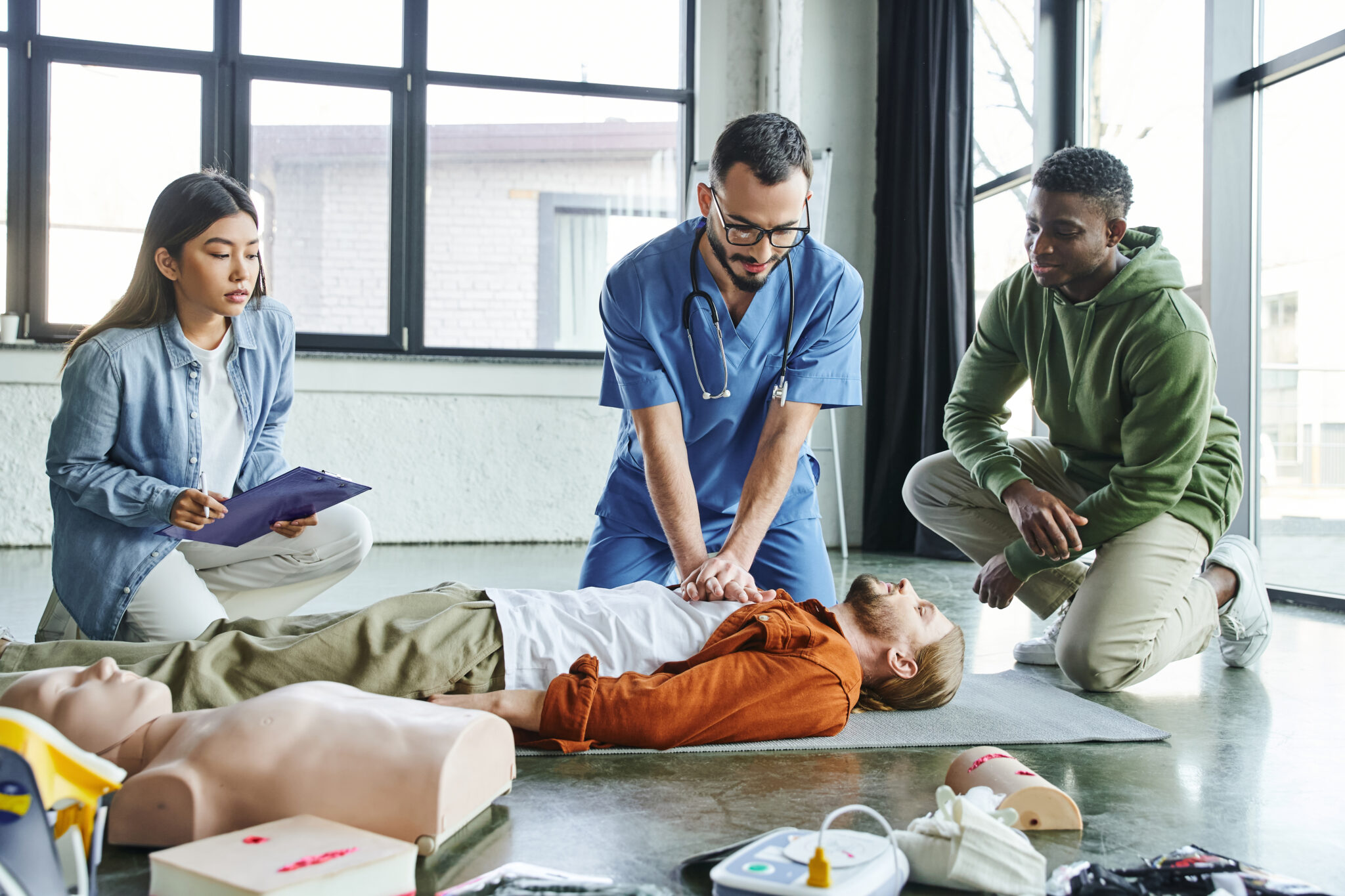Introduction
In a globe where crashes and emergencies can strike at any moment, the ability to react successfully is not simply a possession-- it's a necessity. Emergency treatment training gears up individuals with the abilities and expertise required to act decisively in important situations. Whether it's a small injury, a clinical emergency situation, or recognizing how to stop crashes, first aid education plays a pivotal function in community health. This post delves into the importance of first aid training, its background such as the founding of St John Ambulance, numerous abilities one can find out, and just how these expertises equip communities.
Empowering Areas With Emergency treatment Training: Skills permanently and Safety
First help training is more than just learning exactly how to deal with injuries; it's about cultivating a society of safety and readiness within communities. By gearing up people with necessary abilities, communities end up being extra resistant in dealing with emergency situations. Such training emphasizes functional applications like treating small injuries on yourself or others, understanding when to seek professional aid, and recognizing how to run crucial safety equipment like fire extinguishers.
The Function of First Aid Training in Neighborhood Health
First aid training works as a keystone in advertising total community health and wellness. It helps increase awareness about usual injuries and illnesses while instructing important action methods that can conserve lives. People trained in first aid are typically better outfitted to manage circumstances ranging from kitchen knife cuts to major occurrences during bushfire season injuries.
Creating Much healthier Communities
Communities that focus on emergency treatment training show lower prices of extreme injuries and deaths throughout emergency situations. Informed people can rapidly evaluate scenarios, give immediate care, and lower the severity of an injury while waiting on expert clinical assistance.
Founding of St John Rescue: A Historical Perspective
The relevance of emergency treatment training is highlighted by companies such as St John Rescue, founded in the 11th century. Their mission intended to offer take care of the unwell and injured during the Crusades-- a worthy cause that has actually progressed with time into contemporary first aid programs.
Modern Advancement of First Aid Training
Over the centuries, St John Rescue has adapted its training programs to satisfy contemporary demands. From standard life support techniques to advanced injury treatment programs, their curriculum incorporates a large range of skills necessary for today's society.
Essential House Products for First Aid Preparedness
Every family must be furnished with essential things that help with immediate action during emergency situations. These things form the backbone of any portable package or home-first-aid supply.
Creating Your Portable Kit
A well-stocked mobile set is important for reacting swiftly during emergency situations:
- Adhesive Bandages: For small cuts and scrapes. Antiseptic Wipes: To clean wounds. Gauze Pads: For larger injuries needing pressure. Elastic Bandage: Useful for sprains or strains. Scissors: To cut tape or apparel far from wounds.
By having these products conveniently offered, you encourage on your own-- and your family members-- to act swiftly when it matters most.
Essential Household Products Checklist
|Product|Objective|| ---------------------------|----------------------------------|| Adhesive Bandages|Deal with small cuts|| Antiseptic Lotion|Avoid infection|| Gauze Pads|Apply stress on bigger wounds|| Instantaneous Cold Packs|Decrease swelling|| Scissors|Cut bandages/clothing|
Fall Avoidance Tips for Home Safety
Falls are amongst the leading sources of injury in families across numerous demographics. Therefore, carrying out efficient loss avoidance approaches is crucial.
Recognizing Danger Factors
Common risk variables consist of:
- Cluttered walkways Poor lighting Loose rugs
Addressing these locations can substantially lower loss risks within homes.
Practical Actions to stop Falls
To develop first aid and cpr course melbourne a much safer living environment:
Ensure appropriate lighting throughout your home. Remove tripping risks such as loose rugs or clutter. Install grab bars in bathrooms near commodes and showers. Use non-slip mats in wet areas.Gaining Consent in Different Communities
Understanding cultural nuances when getting approval for treatment can make all the difference in efficient first aid delivery.
Cultural Level of sensitivity Matters
Different areas may have one-of-a-kind beliefs concerning health and wellness treatments. It's necessary to approach each circumstance respectfully and guarantee informed permission prior to providing any kind of treatment.
Recognising Pet Distress During Emergencies
Pets are family members too! Understanding how to recognize pet dog distress is one more important element of community wellness education.
Identifying Indications of Distress in Pets
Pets may exhibit numerous signs indicating pain or discomfort:
- Whining or whimpering Excessive panting Hiding behavior
Being able to recognize these indications allows animal proprietors-- and initial responders-- to provide timely help when needed.
Basic Emergency treatment Abilities for Pets
Just as people require care during emergency situations, pets need interest too:
Keep your animal tranquility-- talk softly. Assess any type of visible injuries carefully. Apply pressure if there's blood loss but guarantee you're secure from bites!Treating Minor Injuries on Yourself: A Step-by-Step Guide
Accidents take place; knowing exactly how to treat yourself properly can reduce pain while preventing additional complications.
Steps for Self-Treatment After an Injury
Clean the wound using soap and water. Apply disinfectant cream liberally. Cover with a clean and sterile bandage if necessary. Monitor for signs of infection-- inflammation or raising pain might indicate problems.When Needs to You Seek Professional Help?
If you experience extreme pain or notification unusual signs post-injury (like fever), get in touch with health care professionals promptly!
Bushfire Season Injuries: Preparedness Strategies
With climate modification leading us right into significantly severe bushfire periods, being prepared is more important than ever!
Common Bushfire Season Injuries
During fires:
- Burns are common because of warm exposure. Smoke breathing positions major respiratory risks.
Understanding how to manage these injuries efficiently conserves lives!
Emergency Action Strategies Throughout Fires
Move away from smoke inhalation locations right away-- look for fresh air! Cool burns under running water (not ice). If caught inside your home during fire events-- seal home windows & & doors tightly!Kitchen Knife Cuts: Managing Cooking Incidents Safely
Accidents take place also in our cooking areas! Understanding just how ideal to manage them guarantees a smoother recovery procedure after culinary mishaps occur!

Immediate Actions Following Kitchen area Knife Cuts
Rinse under amazing running water-- do not use ice! Apply direct stress utilizing tidy towels up until bleeding stops-- elevate above heart level if possible! 3. For deep cuts calling for stitches-- seek clinical attention promptly!Prevention Methods for Kitchen Safety
To decrease threats:
1) Always make use of sharp blades (they're much safer!) 2) Store knives properly out-of-reach from kids! 3) Take into consideration reducing boards & & proper slicing techniques!
First Help Recognition Campaigns
Raising awareness concerning first aid via projects fosters neighborhood engagement and advertises safety and security methods successfully across populations.
Key Aspects Of Successful Campaigns
Successful campaigns focus on outreach strategies consisting of:
1) Workshops-- hands-on demonstrations engage individuals actively! 2) Social network interaction drives prevalent understanding quickly! 3) Teaming up with regional businesses enhances campaigns' reach!
Engaging Community Outreach
Community involvement improves efficiency dramatically! Encourage involvement with local colleges & & companies!
Fire Extinguisher Operation: An Important Skill
Knowing how-- and when-- to utilize fire extinguishers can indicate life-or-death circumstances throughout emergencies!
Understanding Fire Classifications
Fires are classified into classes based on flammable materials involved (A, B, C, D, K):
Class A: Common combustibles (wood, paper)
Class B: Flammable fluids (oils, gases)
Class C: Electric fires
Class K: Cooking oils/fats
Using Fire Extinguishers Effectively
Follow this acronym "PASS":

P - Pull pin, A - Purpose low, S - Squeeze deal with, S - Move side-to-side
Ensuring everybody comprehends this technique enhances readiness greatly!
Common Misconceptions Regarding First Aid Educating Debunked
There are numerous mistaken beliefs surrounding first-aid techniques! Setting these straight helps improve understanding remarkably!
Myth # 1: Only Professionals Can Administer First Aid
This couldn't be additionally from truth! Anyone qualified suitably holds important abilities capable of conserving lives efficiently!
Myth # 2: mouth-to-mouth resuscitation Is Just Needed For Heart Attack Victims
Incorrect once again! Mouth-to-mouth resuscitation benefits anybody who isn't breathing properly no matter if heart concerns exist or not!
FAQs Regarding Equipping Areas Through First Aid Training
1. What is consisted of in standard first aid training?
Basic emergency treatment training generally includes topics like CPR essentials, injury care techniques, identifying stroke signs and symptoms and so on, rounding out thorough skillsets required across several scenarios!
2. Just how typically should I refresh my knowledge?
It's suggested every 2 years at minimum; nevertheless yearly updates make sure experience continues to be intact especially offered developing standards within health care areas routinely readjust protocols as necessary!
3. Exist age restrictions?
Most organizations offer programs appropriate throughout ages-- from kids discovering fundamental concepts all the way up grownups taking on advanced logistics behind trauma administration effectively!
4. Where can I locate neighborhood classes?
Check credible organizations like St John Ambulance or Red Cross-- they regularly host courses nationwide alongside on the internet resources offered comfortably too!
5. Do I require certification after finishing these courses?
While accreditations aren't required almost everywhere; earning them boosts qualifications dramatically allowing individuals pursue additional roles within emergency situation solutions later on down road accordingly relying on passions pursued after that!
6. What need to I do if someone declines help?
Respect their dreams; nonetheless share concerns clearly stating dangers involved indicating real need aid whilst keeping lines communication open as opposed to compeling interventions which may rise tension unnecessarily instead cultivating understanding suitably!
Conclusion
Empowering areas through emergency treatment training creates ripple effects that boost public health end results greatly! By growing understanding around emergency situation action strategies-- from treating small injuries on yourself all means navigating intricacies linked gaining approval within diverse backgrounds-- it promotes durability jointly throughout populations making certain preparedness dominates in the middle of unpredictabilities life throws our method eventually guarding lives successfully going forward together collaboratively sympathetically growing in the direction of brighter more secure futures in advance undoubtedly ensured confirming very useful financial investments made today will pay dividends tomorrow positively influencing numerous lives constantly forevermore!
